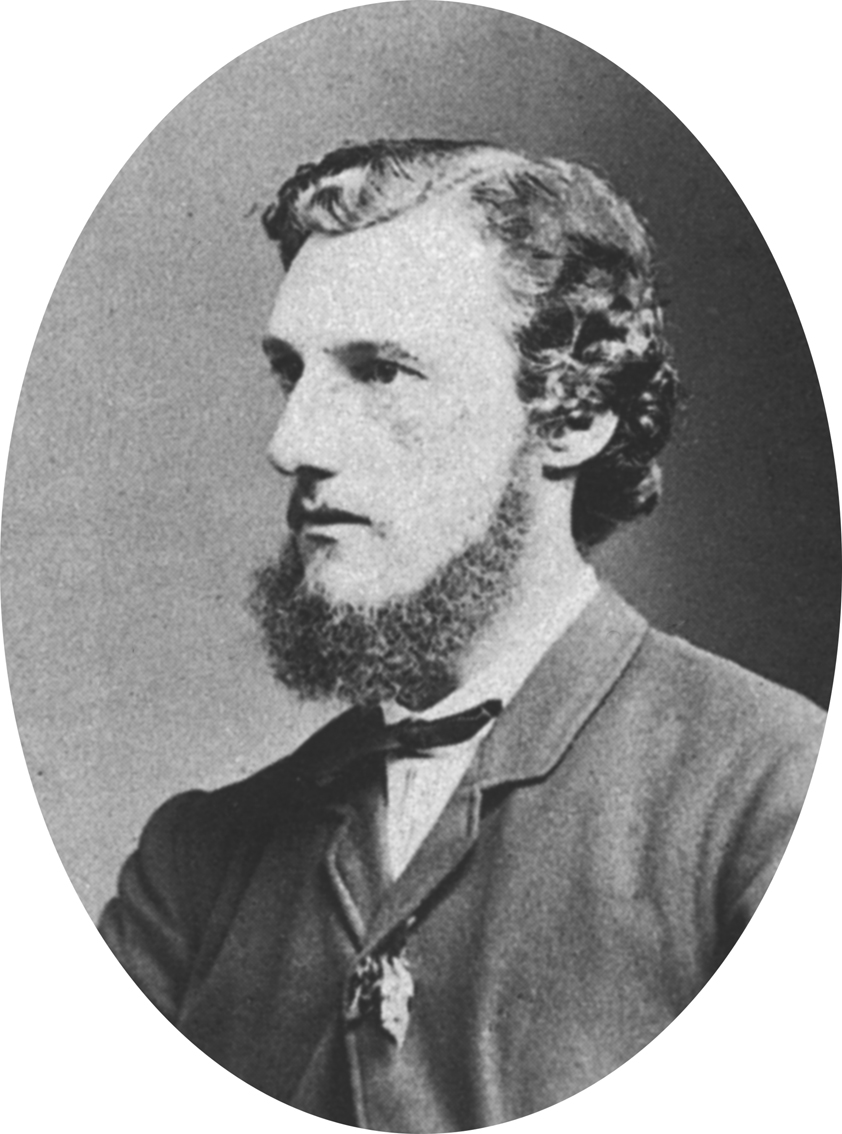|
Black-headed Myzomela
The black-headed myzomela (''Myzomela melanocephala'') is a bird of the family Meliphagidae endemic to the central Solomon Islands. References black-headed myzomela Birds of Guadalcanal Endemic birds of the Solomon Islands black-headed myzomela Taxonomy articles created by Polbot {{Solomons-stub ... [...More Info...] [...Related Items...] OR: [Wikipedia] [Google] [Baidu] |
Edward Pierson Ramsay
Edward Pierson Ramsay FRSEFLS LLD (3 December 1842 – 16 December 1916) was an Australian zoologist who specialised in ornithology. Early life Ramsay was born in Dobroyd Estate, Long Cove, Sydney, and educated at St Mark's Collegiate School, The King's School, Sydney, The King's School, Parramatta. He studied medicine from 1863 to 1865 at the University of Sydney but did not graduate. Career Although he never had had any formal scientific training in zoology, Ramsay had a keen interest in natural history and published many papers. In 1863 he was treasurer of the Entomological Society of New South Wales, he contributed a paper on the "Oology of Australia" to the Philosophical Society in July 1865, and when this society was merged into the Royal Society of New South Wales, he was made a life member in recognition of the work he had done for the Philosophical Society. In 1868 Ramsay joined with his brothers in a sugar-growing plantation in Queensland which, however, was not succes ... [...More Info...] [...Related Items...] OR: [Wikipedia] [Google] [Baidu] |
Meliphagidae
The honeyeaters are a large and diverse family, Meliphagidae, of small to medium-sized birds. The family includes the Australian chats, myzomelas, friarbirds, wattlebirds, miners and melidectes. They are most common in Australia and New Guinea, and found also in New Zealand, the Pacific islands as far east as Samoa and Tonga, and the islands to the north and west of New Guinea known as Wallacea. Bali, on the other side of the Wallace Line, has a single species. In total there are 186 species in 55 genera, roughly half of them native to Australia, many of the remainder occupying New Guinea. With their closest relatives, the Maluridae (Australian fairy-wrens), Pardalotidae (pardalotes), and Acanthizidae (thornbills, Australian warblers, scrubwrens, etc.), they comprise the superfamily Meliphagoidea and originated early in the evolutionary history of the oscine passerine radiation. Although honeyeaters look and behave very much like other nectar-feeding passerines around the wor ... [...More Info...] [...Related Items...] OR: [Wikipedia] [Google] [Baidu] |
Solomon Islands
Solomon Islands is an island country consisting of six major islands and over 900 smaller islands in Oceania, to the east of Papua New Guinea and north-west of Vanuatu. It has a land area of , and a population of approx. 700,000. Its capital, Honiara, is located on the largest island, Guadalcanal. The country takes its name from the wider area of the Solomon Islands (archipelago), which is a collection of Melanesian islands that also includes the Autonomous Region of Bougainville (currently a part of Papua New Guinea), but excludes the Santa Cruz Islands. The islands have been settled since at least some time between 30,000 and 28,800 BCE, with later waves of migrants, notably the Lapita people, mixing and producing the modern indigenous Solomon Islanders population. In 1568, the Spanish navigator Álvaro de Mendaña was the first European to visit them. Though not named by Mendaña, it is believed that the islands were called ''"the Solomons"'' by those who later receiv ... [...More Info...] [...Related Items...] OR: [Wikipedia] [Google] [Baidu] |
Myzomela
''Myzomela'' is a genus of bird in the honeyeater family Meliphagidae. It is the largest genus of honeyeaters, with 39 species, and the most geographically widespread. It ranges from Indonesia to Australia and into the islands of the Pacific Ocean as far as Micronesia and Samoa. The genus was introduced by the naturalists Nicholas Vigors and Thomas Horsfield in 1827. The type species is the scarlet myzomela (''Myzomela sanguinolenta''). The title page is dated 1826. The genus contains the following 40 species: * Drab myzomela (''Myzomela blasii'') * White-chinned myzomela (''Myzomela albigula'') * Ashy myzomela (''Myzomela cineracea'') * Ruby-throated myzomela (''Myzomela eques'') *Moluccan myzomela (''Myzomela simplex'') * Red-tinged myzomela (''Myzomela rubrotincta'') *Biak myzomela (''Myzomela rubrobrunnea'') * Dusky myzomela (''Myzomela obscura'') * Red myzomela (''Myzomela cruentata'') *Reddish myzomela (''Myzomela erythrina'') * Papuan black myzomela (''Myzomela nigr ... [...More Info...] [...Related Items...] OR: [Wikipedia] [Google] [Baidu] |
Birds Of Guadalcanal
Birds are a group of warm-blooded vertebrates constituting the class Aves (), characterised by feathers, toothless beaked jaws, the laying of hard-shelled eggs, a high metabolic rate, a four-chambered heart, and a strong yet lightweight skeleton. Birds live worldwide and range in size from the bee hummingbird to the ostrich. There are about ten thousand living species, more than half of which are passerine, or "perching" birds. Birds have whose development varies according to species; the only known groups without wings are the extinct moa and elephant birds. Wings, which are modified forelimbs, gave birds the ability to fly, although further evolution has led to the loss of flight in some birds, including ratites, penguins, and diverse endemic island species. The digestive and respiratory systems of birds are also uniquely adapted for flight. Some bird species of aquatic environments, particularly seabirds and some waterbirds, have further evolved for swimm ... [...More Info...] [...Related Items...] OR: [Wikipedia] [Google] [Baidu] |


.jpg)